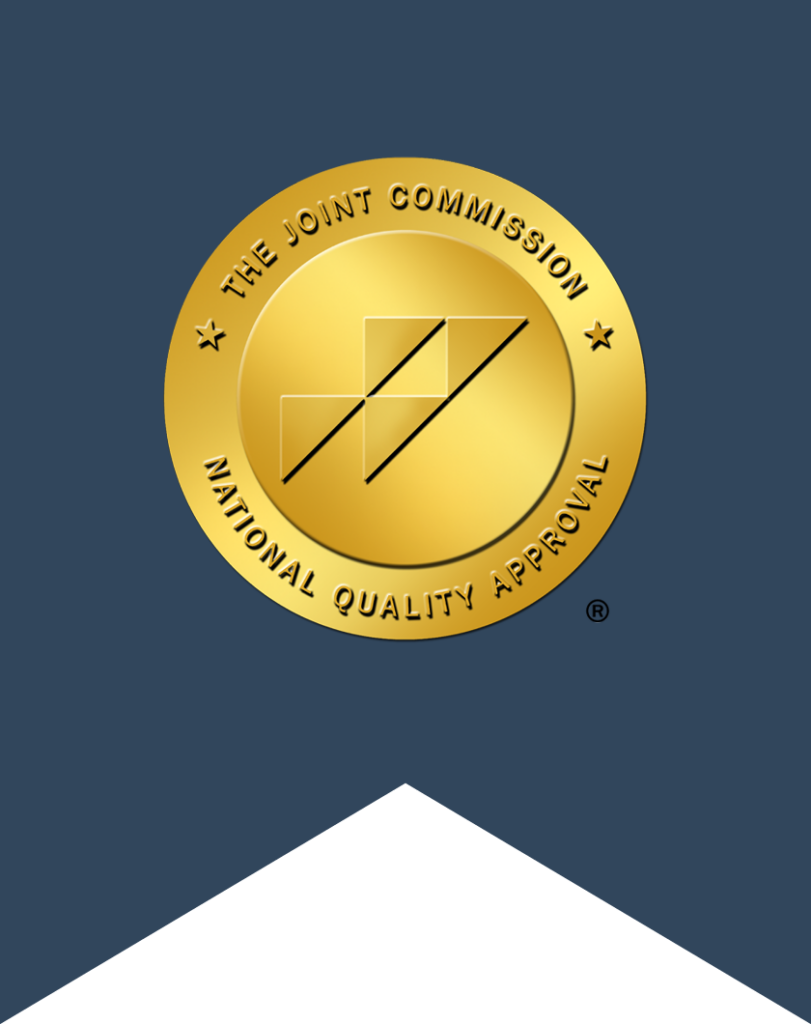The World Health Organization defines withdrawal syndrome as a collection of symptoms of various types and with varying degrees of severity that occur when someone stops using a psychoactive substance that they’ve taken for a long period of time or in high doses. The WHO indicates that withdrawal syndrome for any given substance is the defining characteristic of dependence on that substance.
The withdrawal syndrome for any given substance runs a typical course over a particular time frame. The severity of the symptoms and their duration depend on the type of substance and the amount that’s in the body at the time of cessation. The types of symptoms that occur during withdrawal are, interestingly, usually the opposite of the effects the substance has on the body during intoxication.
The symptoms of nicotine withdrawal syndrome aren’t particularly debilitating or dangerous, but they’re uncomfortable enough that quitting nicotine (whether it’s cigarettes, vaping or chewing) is very difficult for most people who are addicted to it.
How Nicotine Affects the Brain
According to the National Institute on Drug Abuse, nicotine attaches to acetylcholine receptors in the brain. Acetylcholine is a neurotransmitter that affects muscle movement, heart rate, learning, and breathing. This neurotransmitter and its receptors also cause the release of hormones and other neurotransmitters that affect mood and appetite. This is why a dose of nicotine can help suppress feelings of hunger and reduce feelings of irritability or anxiety, and it’s why many dedicated smokers seem to believe that a cigarette helps them think.
Nicotine also raises dopamine levels in the brain, increasing feelings of pleasure and reward. Dopamine is involved in addictions to harder drugs like heroin and cocaine, and indeed, the Centers for Disease Control notes that research indicates that nicotine is as addictive as both of those drugs, making quitting smoking about as easy as quitting the “hard” stuff.
Nicotine Withdrawal Syndrome: The Signs and Symptoms
When you quit smoking, chewing, or vaping, your brain no longer gets its usual nicotine boost, and withdrawal symptoms may set in very quickly. According to smokefree.gov (4), these symptoms typically last from a few days to a couple of weeks. Most people slip up within a week of quitting, largely due to the physical discomfort of withdrawal syndrome.
The specific nicotine withdrawal symptoms and their severity vary among individuals, but they typically include at least a couple of these:
- Intense cravings for nicotine
- Feeling depressed and/or anxious
- Insomnia
- Irritability
- Difficulty concentrating
- Difficulty thinking clearly
- Restlessness
- Feeling jumpy
Although most withdrawal symptoms usually dissipate or disappear by the two-week mark, the cravings and feelings of depression can last much longer than two weeks. That’s because unlike cocaine and heroin, using nicotine products is still relatively socially acceptable, and using nicotine is, for many, a largely social activity. Triggers, like sitting back after a delicious meal, enjoying a morning cup of coffee, socializing over cocktails, and relaxing on the patio after a long day at work, can make you miss the act of smoking, chewing, or vaping more than the effects of nicotine itself.
The good news is that with a little planning ahead, you can reduce the severity of withdrawal symptoms and prepare yourself for dealing with the inevitable triggers that can make you crave a cigarette or a dip of chewing tobacco for months after quitting.
Treating Nicotine Withdrawal Syndrome
Nicotine replacement therapies (NRTs) like the patch, lozenges, inhaler, spray, and gum contain nicotine to help you through the withdrawal phase while you learn to live without the action of smoking, vaping, or chewing tobacco. You’ll start at a dosage that corresponds to your daily nicotine intake and slowly – typically over several weeks or months – reduce the dosage until your brain no longer requires nicotine.
Many people find help in the form of the prescription medications Bupropion SR and Varenicline. Bupropion SR reduces nicotine cravings, while Varenicline reduces withdrawal symptoms and blocks the effects of nicotine if you start using it again.
Some people find relief through cognitive behavioral therapy, which helps you change your way of thinking about addiction and pleasure and identify ways to manage cravings and cope with triggers.
Hypnosis can also help. Hypnosis helps to “reprogram” your brain by bringing unhealthy thoughts to the surface and replacing them with healthier thoughts. Other alternative therapies, such as acupuncture, progressive relaxation, deep breathing exercises, and yoga can help you get through stressful times without nicotine as well as promote an overall healthier lifestyle that helps you appreciate your newfound freedom from addiction.
Talk to your doctor about NRTs, medications, and other therapies that can help prevent the onset of nicotine withdrawal syndrome, and work out a quitting plan that’s right for you. The sooner you quit, the sooner you’ll be able to stop worrying about the dangerous health effects of your nicotine habit.
